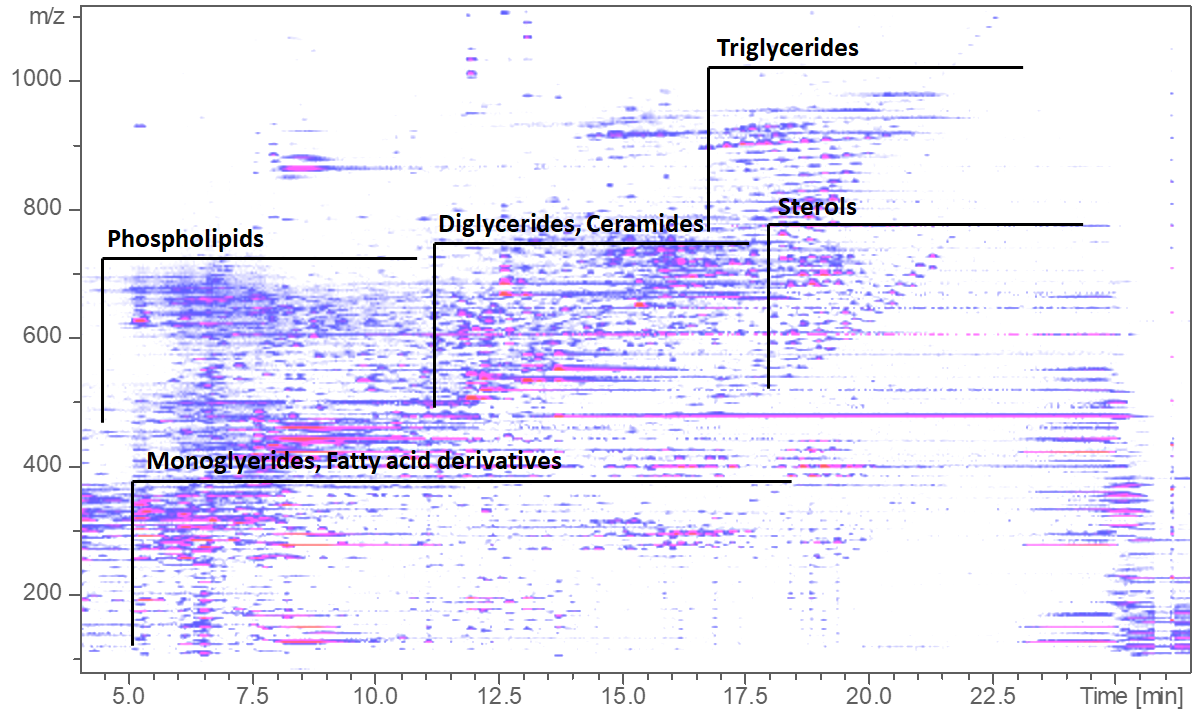Analysis of small molecules and metabolites
Marina Creydt
The analysis of small organic molecules (sometimes also referred to as metabolomics) like lipids or other biomolecules can be approached with numerous investigation methods. These include, on the one hand, vibrational spectroscopic methods based on IR or Raman spectroscopy. Such methods are non-invasive, but have only a limited resolving power.
On the other hand, high-resolution methods such as DART-MS and LC-MS (Xevo G2-XS QTof, Ion Mobility Q-TOF), GC-MS or NMR can also be used. With such methods, it is possible to detect and also to identify individual molecules. However, in most cases such procedures require invasive or at least minimally invasive sampling.
The analysis of small molecules can help clarify numerous questions. For example, it is possible to identify organic dyes, to determine geographical origins or to analyse production methods. As with proteomics analyses, meta-experiments can also provide information about the lifestyle or the traditions of the authors or readers. In addition, information about possible storage influences can be obtained.
However, it must be kept in mind that for many scientific questions reference samples with known metadata must be available in order to classify the "unknown" samples (see also section “provenance studies”).

